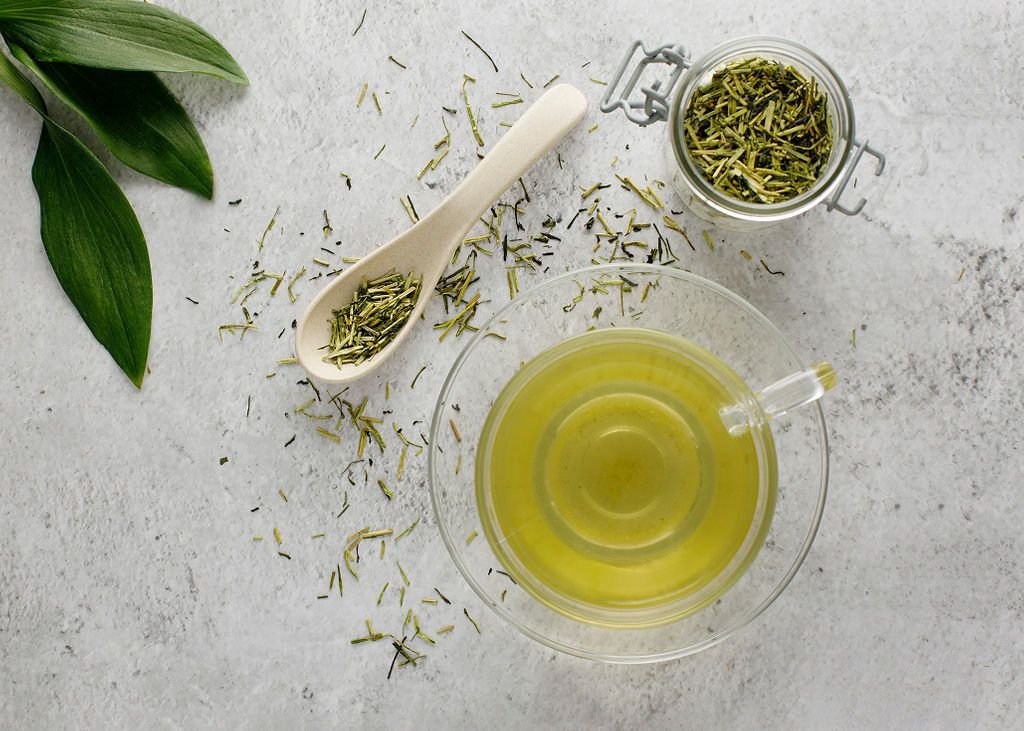
The Six Styles of Tea
Sipping on a nice cup of tea is a great way to start or end any day. Tea has integrated itself into practically every culture throughout the world, yet the vast majority of us tea lovers might not actually know the complexities of what we are consuming. Tea is not merely a one style drink and although most people understand there are various flavors of tea, they may not all realize there are actually six distinct types of tea. To elaborate, we will explain a bit more about the six types of tea available.
White Tea
The least processed tea variety is white tea. These tea leaves are carefully managed from crop to cup to maintain the structural integrity of the leaves and the most natural flavour possible. With white tea, desired cultivation is meticulous and ideally, producers attempt to maintain the tiny white hairs naturally on the plant to protect it from any harm while growing in the wild. These hairs guard against insects and harsh weather. During processing, crushing, rolling, or braking of the leaves is avoided. White teas can be aged as well and examples of white teas are Bai Mu Dan and Silver Needle.
Green Tea
The processing of Green Tea is a bit more involved than with White Tea. Green Tea leaves are oxidised bringing a darker hue to brewed tea. The tea can be roasted, steamed, or pan fried to produce the desired result. China is known for their pan fried green tea processing, while Japanese cultures tend to gravitate toward steaming. The main difference between steaming as opposed to pan frying is that steaming produces more of a grassy flavour than pan frying. Green teas, due to their processing measures, have a shorter shelf life than others and ideally, should be consumed within the first year from harvest. Green teas come in many varieties, but the most common are Sencha and Long Jing.
Yellow Tea
It is unlikely that you have experienced true yellow tea outside of Chinese countries. It is the rarer than other types of tea and only produced in limited quantities. The process of making yellow tea is a lengthy one and is managed only by true tea masters. Early spring is when the highest quality yellow tea buds are picked. Lower quality buds may be picked later in the year, but it is the processing of the tea that makes it unique. The process involves similarities with green tea, yet the leaves are wrapped in a specific type of paper to provide its unique yellowing affect. Yellow tea varieties include Shan Yin Zhen and Mo Gan Huang Ya.
Oolong Tea
Somewhere between green tea and black tea is Oolong tea. This tea is mildly oxidised like green tea, but maintains flavour notes in accordance with black tea, depending on the level of oxidation that occurs. The more oxidation, the more like black tea Oolong will be. The darker or redder the leaves, the more oxidation has taken place during processing. Leaves for Oolong Tea are curled with a slight twist and rolled. After oxidation, Oolong tea can be roasted as well to deepen its dark appearance. Oolong is oxidised from 10% to 80%. Oriental Beauty, Tie Guan Yin, and Dong Ding are examples of Oolong Tea.
Black Tea
Black Tea is, of course black due to it high level of oxidation. It is the most processed and oxidised variety of tea available. Kenya, Sri Lanka, and China are among the most prevalent producers of black tea. Black tea is also referred to as red tea by some producers in China due to its red hue when steeped. The process of making Black Tea includes picking, withering, rolling, cutting, oxidising, and drying, so it is easy to see how highly processed black tea can become. Earl Grey, English Breakfast, Dian Hong, and Assam are commonly known varieties of Black Tea.
Dark Tea
Primarily produced in Yunnan, a province of China, Puerh, or Dark Tea is a fermented variety of tea. There are two categories of Puerh Tea, Shou and Sheng. Sheng is the raw variety which is left loose or compressed to age, fermenting the leaves, naturally over time. Shou has the same process, but is turned at various times to speed up the fermenting process. Puerh is the most popular of all dark teas, but there are a few more varieties including Hunan, Laoquing, and Shichuan.